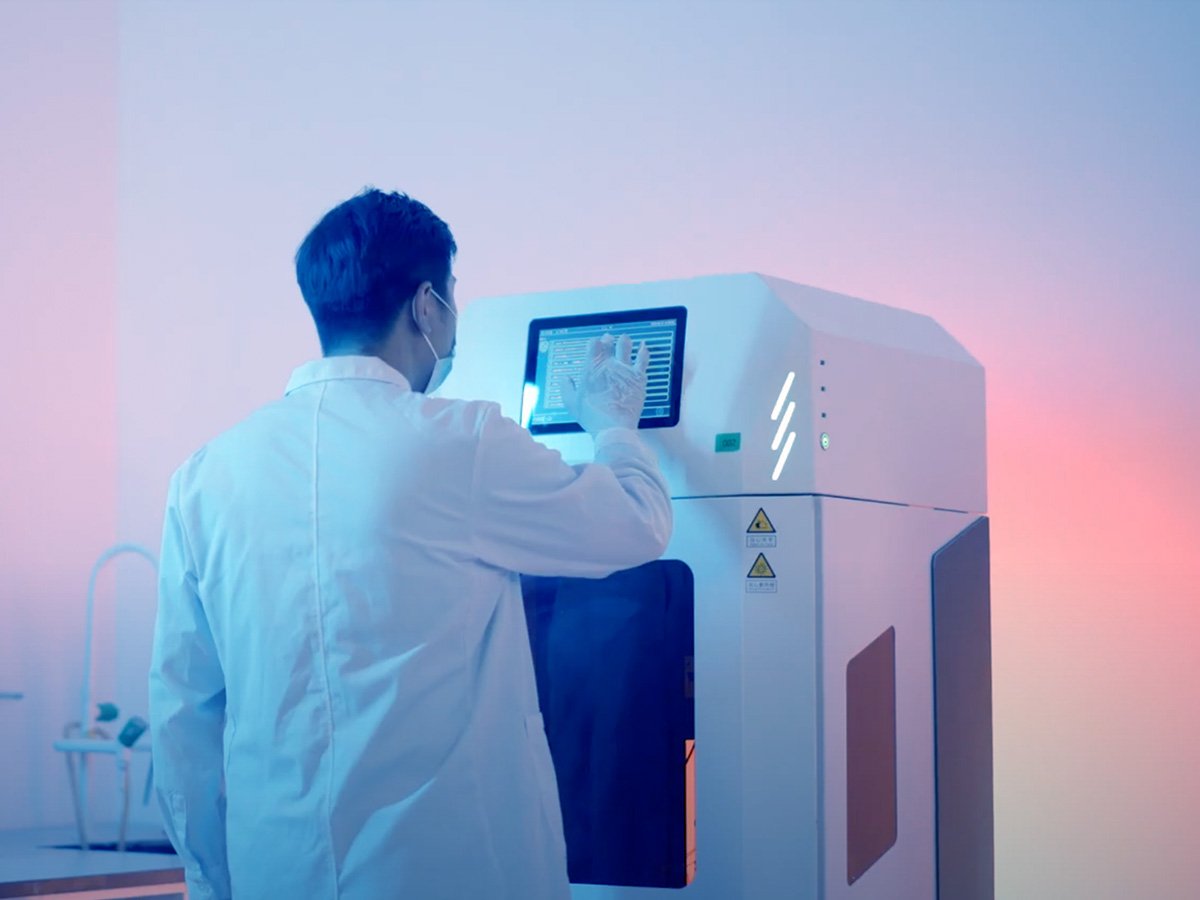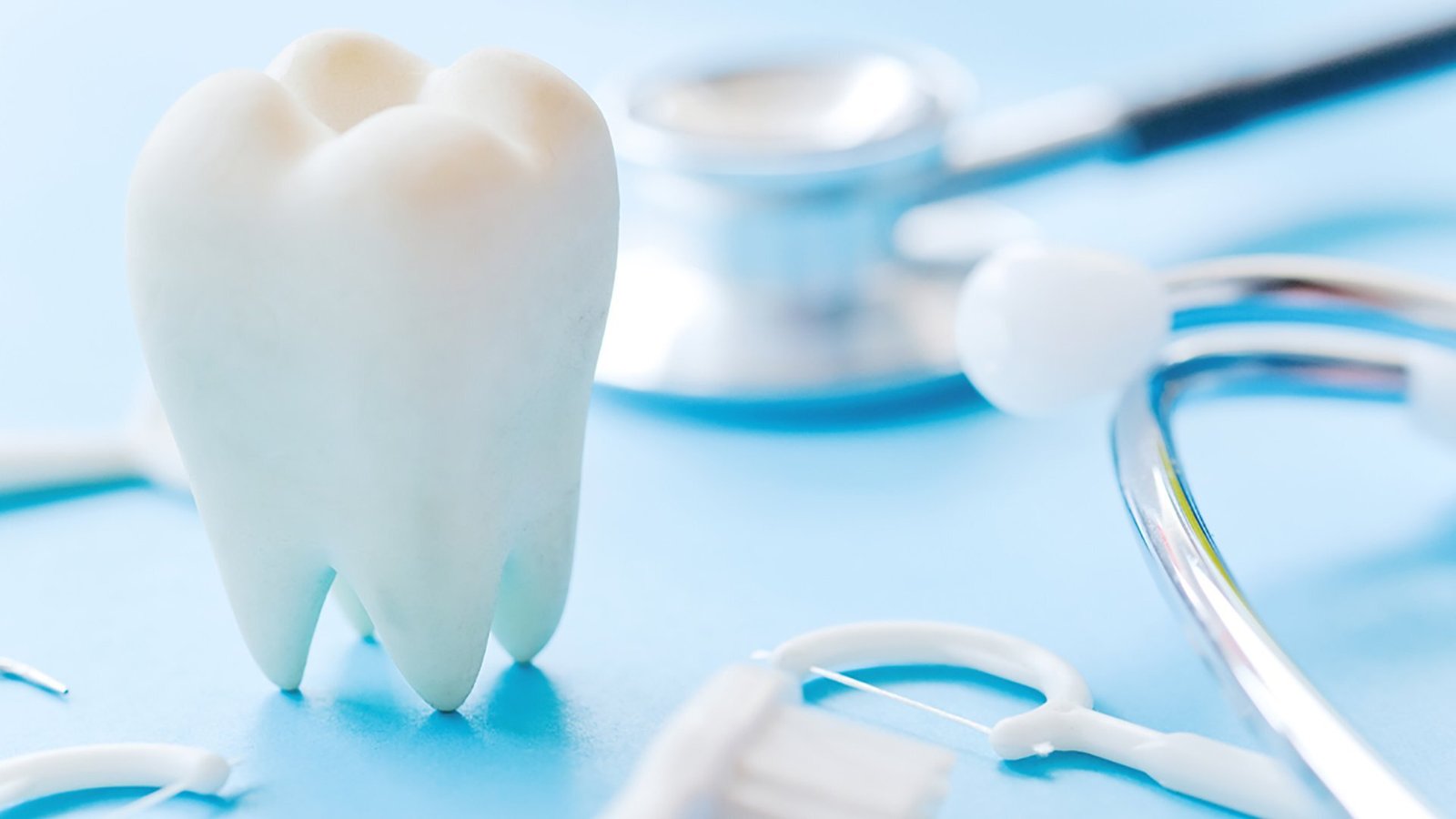Temporary crowns are an essential part of modern restorative dental work and play a vital role in protecting teeth in between office visits. However, the most recurring question that a patient asks is what material is used for temporary crowns? Being aware of the answer helps patients to be more reliable in understanding their procedures. Even temporary solutions are made to provide strength, comfort, and accuracy by reputable dental materials companies such as Aidite. Whether you are a clinician or a patient, knowing the make of the temporary crowns and their use may help in making your dental choices.
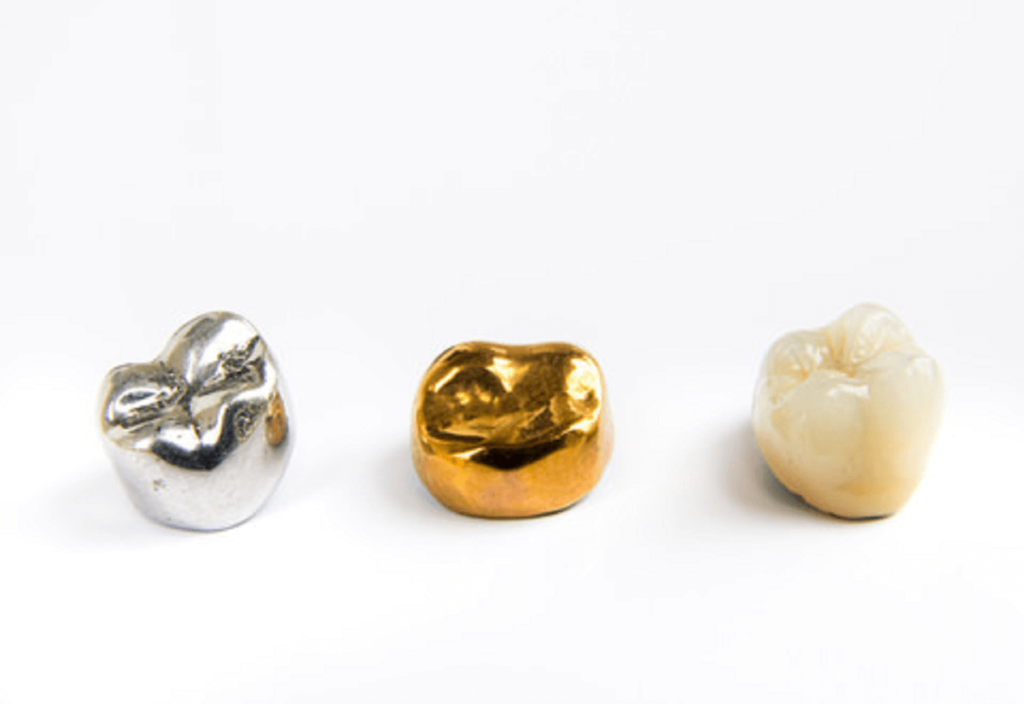
Why Do Dentists Put Temporary Crowns?
You might wonder, Why do dentists put temporary crowns? These crowns help with: Which is:
- Protect the Prepared Tooth: Once the tooth has been prepared for a permanent crown, it is very sensitive to heat, cold, and bacteria, and it cannot withstand any trauma. Think of a temporary crown as a sort of protective barrier until then!
- Prevent Tooth Movement: Teeth around the space can move into it without a crown to protect the space, causing misalignment. Temporaries help to maintain the place until the last crown is in position.
- Ensure Normal Function: Temporary crowns enable you to eat and speak comfortably without exposing the tooth that was treated, allowing you to continue with your daily life as normally as possible.
- Preserve Gum Health: The purpose of temporaries is to avoid gum overgrowth around the prepared area so that the final crown fits well in the future.
- Test the Fit and Aesthetics: Temporary crowns allow both patients and dentists to assess shape, bite, and appearance prior to finalizing the permanent crown.
What are temporary crowns made of that can do all this? The key flavor depends here on the proper balance of temporary materials, depending on each case.
Types of Materials for Temporary Crowns
When patients ask what are temporary crowns made of, the answer will depend, in great part, on the specific types of materials for temporary crowns available for use in dentistry today. Depending on where the tooth is located in the mouth, how long the crown will stay, the expected aesthetics, and the price, the types of materials are selected. We are going to examine all the more commonly used of these:
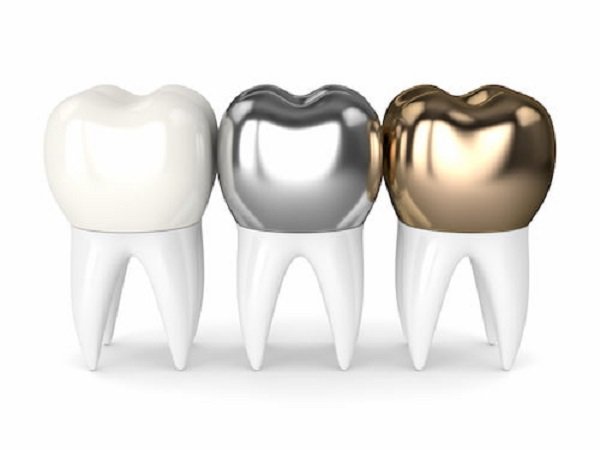
- Acrylic Resin: Acrylic is lightweight and less expensive than porcelain, easier to mold and polish, and is great for temporary use on front teeth. But it is not as durable as other supplies.
- Field: General Dentistry
- Application: Anterior teeth, chairside temporaries
- Composite Resin: Composite resin is used when you need a temporary that is stronger and more aesthetic than acrylic. It has better marginal fit and wear resistance.
- Field: Cosmetic and Restorative Dentistry
- Application: Anterior and premolar teeth
- Stainless Steel: Stainless steel crowns, which are frequently utilized for molars and also in pediatric dentistry, are extremely lasting. They are, however, great for high-pressure chewing locations, although not pretty.
- Field: Pediatric and General Dentistry
- Application: Posterior teeth, especially molars
- Polycarbonate: If you have anterior teeth, polycarbonate crowns are pre-formed and tooth-colored, and are placed in a short-term setting for aesthetic use. They provide a more aesthetic temporary smile than metal.
- Field: Prosthodontics
- Application: Anterior restorations in esthetic zones
- Crowns made using Zinc Oxide with Eugenol: These are sometimes also used to minimize the effects of sensitive pulp tissues. They are weak but can assist emergency or interim treatment phases.
- Field: Emergency and Palliative Care
- Application: Temporary restorations after trauma or infection
Stainless steel is one of the best types of material for temporary crowns when you need a strong yet functional one, but it is not suitable for the missing areas in the front teeth where aesthetics are essential.
Why “What Are Temporary Crowns Made Of” Is Important to Know
If you’re getting a dental crown, you’ve likely heard your dentist talk about a temporary crown. But have you ever stopped to think: What are temporary crowns made of, and does it make a difference? Believe it or not, this information can help you better understand your treatment, control your expectations while undergoing treatment, and even care for your smile better during the process.
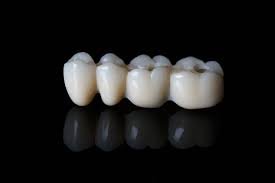
1. It Affects Your Comfort
Different types of materials for temporary crowns feel different in the mouth. Acrylic is light and easier to clean, while stainless steel might be a little heavier. When you know what material has been used, this helps you to understand what the sensation feels like, and more importantly, whether it is expected to wear down during chewing or speaking.
2. It Tells You How to Care for It
Some materials just are not as hardy as others. Acrylic is more prone to cracking, so you’ll want to skip super hard or sticky foods. Once you know what are temporary crowns made of, you can begin to protect your crown and reduce the chances of it breaking.
3. It Builds Trust With Your Dentist
Asking questions like “what are temporary crowns made of?” shows that you’re engaged in your care. This knowledge streamlines your decision-making process, prepares you for anything unexpected, and gives you confidence as you undergo treatment. If your dentist is using a trusted provider such as Aidite, then you can sleep easily as your temporary crown will be crafted from materials designed for comfort, protection and quality care.
Cost of Temporary Crowns
What is more essential is to know about the cost of temporary crowns as important as knowing what are temporary crowns made of. Although they are not a permanent solution, temporary crowns play an essential role in dental treatment, and that comes at a price. Let’s take apart some of the reasons behind the price.
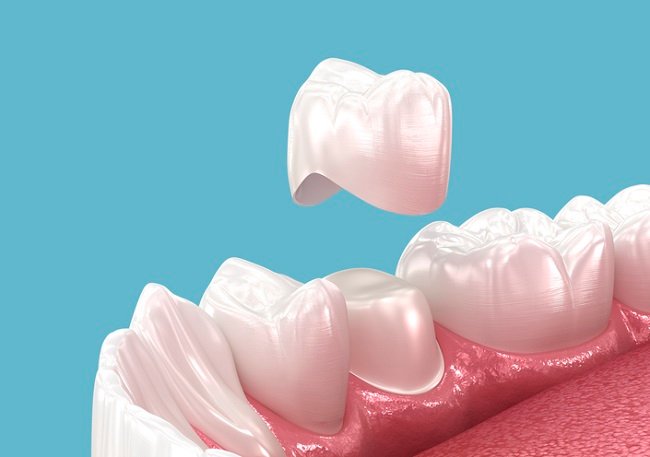
1. Is the cost something additional or part of the number?
Usually, temporary crowns are included in the total price of your crown procedure. If the temporary crown is performed independently for example, under emergency conditions, the cost can amount to $100-250.
2. Material Used
The types of materials for temporary crowns involve different costs. For example:
- Acrylic resin you can find acrylic resin at the lowest cost.
- Composite resin may be a bit pricier due to the advantages of strength and appearance.
- Stainless steel crowns, which are common in kids or with molar crowns, could be based on size or perhaps polished.
So when we ask what are temporary crowns made of, it isn’t only about materials; it’s about knowing how this plays into your costs at the dentist.
3. Location and Clinic Fees
The dental service fees vary by place. Temporary crowns could be more expensive if you go to an urban clinic that has a high overhead, and comparatively cheaper if done at a rural clinic. Clinics that use high-end suppliers, such as Aidite, frequently keep a better pricing model due to the competitive prices and reliability of the materials.
Overall, the cost of temporary crowns can vary widely, with factors like materials and location affecting the cost, not to mention whether the price is included as part of a larger treatment plan. Clinics that use trusted materials from Aidite often offer the patient great value by delivering great quality performance at a reasonable price.
FAQs
Q1. What are temporary crowns made of in most dental clinics?
Temporary crowns can either be made of acrylic, composite resin, or stainless steel, which is determined by tooth location, function, and aesthetics. These substances provide temporary protection before permanent placement.
Q2. What affects the cost of temporary crowns?
Prices of temporary crowns vary, depending on different factors such as materials used, tooth position, how long the temporary crowns are used, and the policies of the clinic. In contrast, composite and stainless steel are generally far pricier than acrylic options.
Q3. Why do dentists put temporary crowns instead of permanent ones right away?
Temporary crowns are used by dentists to devise a permanent crown to be fabricated by a lab while protecting the prepared tooth. Treating the temporary crown helps to ascertain a comfortable fit and protection of the gum.
Summary
So, what are temporary crowns made of? Also made of acrylic, composite, or stainless steel, this is specific to clinical needs. They also have a vital role to play as a temporary measure, helping to cover exposed teeth and preserve aesthetics. To use reliable providers for affordable quality materials, dentists trust Aidite to guarantee that every restoration, temporary and permanent, meets professional standards. So this guide has given you a full answer based on expertise and experience, whether you are worried about the cost of temporary crowns or the materials used for temporary crowns or are simply wondering why do dentists put temporary crowns.

